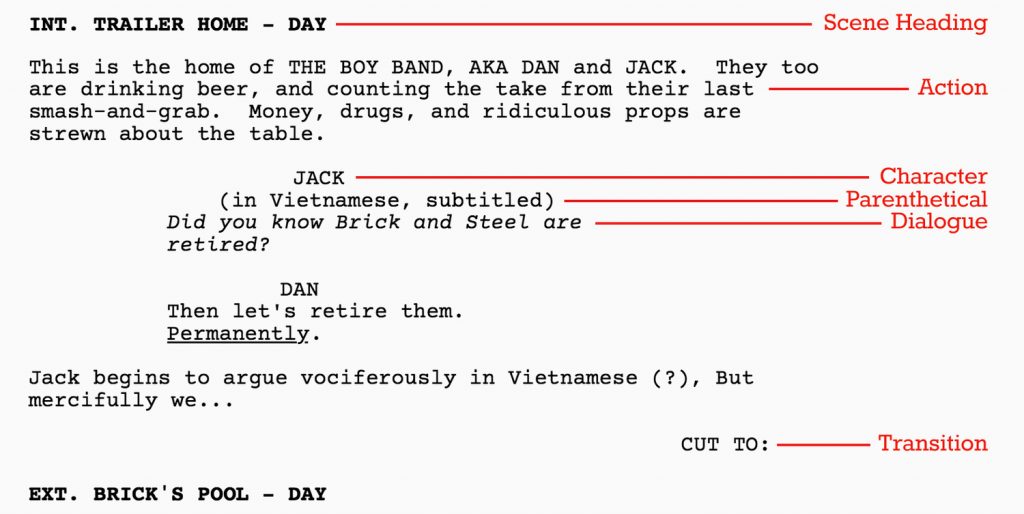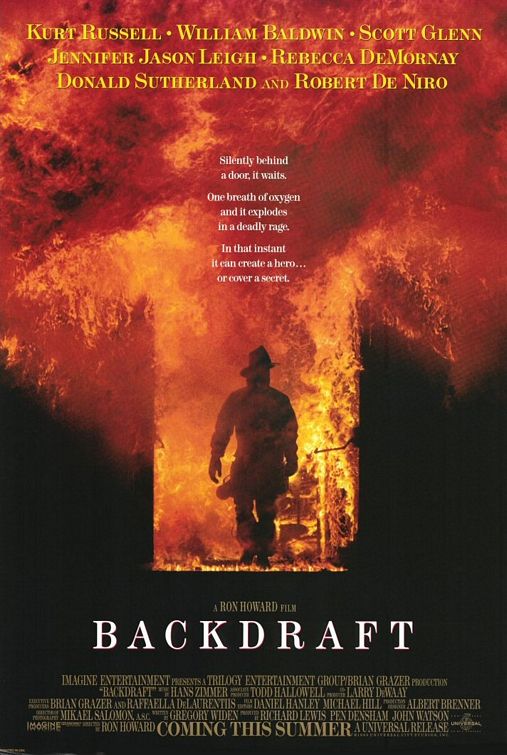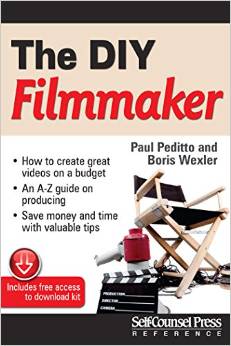Greetings Good Reader…
Today’s topic will be…Screenwriting Format!

I get it. Nothing could be less sexy. Why should you have to deal with a screenwriting subject that tastes like caster oil (for you Millennials, caster oil was given to us Boomers as a treatment for constipation–which might, in part, explain the current state of the world)…nasty, so why bother even talking about it?

As a producer, if you write Lord Of The Rings, I’m not going to care if your format is proper. Story-character-dialogue-commerciality…will anyone want to see this movie? All these things count more than format. But if I pick up your script and there are five format errors on page 1, that’s a major red flag. The thinking is–if you can’t even get the format right, why should I trust that you can tell me a story that’s worth me burning my Saturday afternoon reading your damn script instead of heading out to the COVID-19-era beach like every other biped on the planet?

I’ve done many posts on Script Gods about format(just go up to the search bar and hit Format and you’ll see them all). This post, and the two or three to follow will be about the major stuff I get questions on most often.
So, without further ado, vamos!
SOFTWARE
Use professional software. As of this writing, Final Draft 11 is the industry standard. If you’re a student you can find deals. “Free” programs exist–that free in quotes because, unfortunately many have moved to a limited number of projects before the pay option kicks in: www.celtx.com is the Columbia Film & Video School broke-ass student program of choice. Check out some options here: These are generally fine, each has a glitch or two (dialogue can drop off at page end, short pages, etc.) Please don’t use Word.
READ SCREENPLAYS
There are thousands available online. Start with IMSDB.com. Also Drew’s Script-O-Rama or Simply Scripts.
While there may be an accepted standard for basic format, there are multitude of styles. That’s what throws people off. Study scripts, you’ll notice something: A Woody Allen script looks different than a Charlie Kaufman script. Star Wars looks nothing like Sin City, which bears small resemblance to Dark Knight. Being a student of screenwriting craft means reading screenplays. It means honing down so you create your own style. Fastest way to get there is to read other people’s stuff. So read screenplays.
SCENE HEADINGS
Every scene opens with a scene heading. Is the scene indoors? Use INT. Outdoors is EXT. Follow this with location. INT. ROOM, EXT. STREET. Be as specific as possible with your locations. EXT. BOURBON STREET. Next comes time of day. I mostly keep to these five options: DAY, NIGHT, CONTINUOUS, LATER, and SAME. I am not a fan of EARLY AFTERNOON, TWILIGHT, or DAWN. Is it “wrong” to use TWILIGHT? No. But if you’re writing INT. ROOM- 7:01AM, it better be necessary for the story that you’re telling me it’s 7:01AM, otherwise why do it? For time frame, I like to keep it simple: DAY, NIGHT, LATER, SAME, CONTINUOUS.
You should also use scene headings when you indicate a flashback, montage, time frame, or a dream sequence.
INT. JIM’S HOUSE- DAY (1962)
INT. JIM’S JOINT- NIGHT (FLASHBACK)
INT. JIM’S PLACE- DAY (DREAM SEQUENCE)

ACTION LINES
What are action lines? At the most basic level, action lines are what the camera sees. Before we get further, let me say what action lines are not…
Unfilmables are in-the-head stuff the camera can’t see. “Sandy realizes….” “Wally thinks…” Avoid these. How can the camera see someone thinking? If he’s sitting on the dock of the bay thinking, all the camera can see is him sitting on the dock of the bay. In general, just describe the visual, what is the camera seeing now.
Notice I said “in general.” There is another component to writing good action lines which we’ll get to shortly. This leads us to the legal department’s favorite saying: There is no one single way to write a screenplay.
Pros cheat. All the time. We’ll go over ways they break the rules, but first let’s learn the rules. Ok?
Let’s start with a no-no: Unfilmables in action lines:
EXT. PARADE ROUTE- BRIGHT DAY
Jillian watches as the pageant parade passes, seeming to remember the day she was crowned Miss Southeast Panhandle State 1956. There was a goldenrod sun that day too, and as she drove along waving from the festooned Wheaties Breakfast of Champions float, all manner of soon-to-be Mickey Mantles followed, hoping she would throw them a souvenir Wheaties box. It was a glorious, glorious day!
All the sadder that Jillian now peels an orange, watching the new beauty queen pass, thinking how unfair life is, wondering if there is indeed a God at all.
Good Reader, don’t do this! The camera can’t see backstory–Jillian’s beauty queen past. It can’t see her pondering of Life and Eternity.
How would you change this screen direction?
Always ask yourself: What is the purpose of the scene? Why am I in this scene? What needs to happen? What am I trying to say? The whole passage, Jillian’s disappointment with life, really could be boiled down to showing something physical that the camera can see…
INT. PARADE ROUTE- DAY
Jillian watches the beauty queen pass, her nails grinding the orange she holds into pulp.
The essence of the moment is Jillian’s attempt to cope with mortality, and her failure, as the parade rolls by.
Find the action, the physical equivalent, some business the actor can play, rather than hitting us with backstory (everything that happened before the movie began) that the camera can’t see.
Also avoid unnecessary detail, like this:
INT. CASINO- NIGHT
Pauly Vegas walks in, placing left foot in front of right, making his way to a craps table. He checks the table limit, a 25 dollar game, shakes his head and sighs, on the move again.
Pauly reaches into his pocket, finds some lint, a winter-fresh breath mint, the pink dry cleaning ticket from his Colombian laundry joint that never has his clothes ready on time, and a single dollar chip. Motioning with his left hand to the waitress for a gin and tonic refill, he smirks as he sees a blue-haired Bayonne lady squeal and scoop up her video poker winnings. Pauly bobs his head, all smiles as he finally spies, yes! A table!
This is not just unnecessary detail, but the wrong detail. The purpose of the scene is…what? Do you really believe the actor will care that on page 66, midway down the page, the writer wants him to shake his head and sigh before motioning with his left hand for a gin and tonic? Never going to happen. Waste of space, and a drag on the reader’s eye. Don’t do it.
Develop a cut instinct. Readers have only so much “eye.” If you kill them with screen direction, you feed the tendency to skip screen description altogether and read only the dialogue. Keep your screen direction lean and mean.

Pro screenwriters find a way to get their voices into action lines. How do they do that?
Here’s an example from Backdraft:
INT. ELEVATED TRAIN – MORNING
A pissed-off Chicago, hauling itself off to work in the morning snap, passes by Brian’s window. Tough Midwestern brick. Tough Midwesterners. Heads-down in their 150 year war with a wind committed to pushing the whole damn thing into Lake Michigan.
What a marvel this little paragraph is! Anyone living in Chicago–especially those of us who take the EL every day—can attest to the truth in that passage. If you were just following the KISS (keep it simple, stupid) approach, you would write something like: Brian rides a grimy subway car. There is nothing wrong with this. Describes what the camera sees. Problem is, anyone can write Brian rides a grimy subway car. Now look at the above example. Look how the writer puts you into the head of the protagonist. This is POV. It is advanced screenwriting. It’s what separates the pro from everyone else. Do you think the fact that you can’t see “their 150 year war with wind” is going to be penalized by the reader at the production company/screenplay contest/agency? Hell no. Those eyes are starved for originality. The pro gives it to them with POV, with attitude. Thus, the true definition of action lines: What the camera sees—with attitude.

